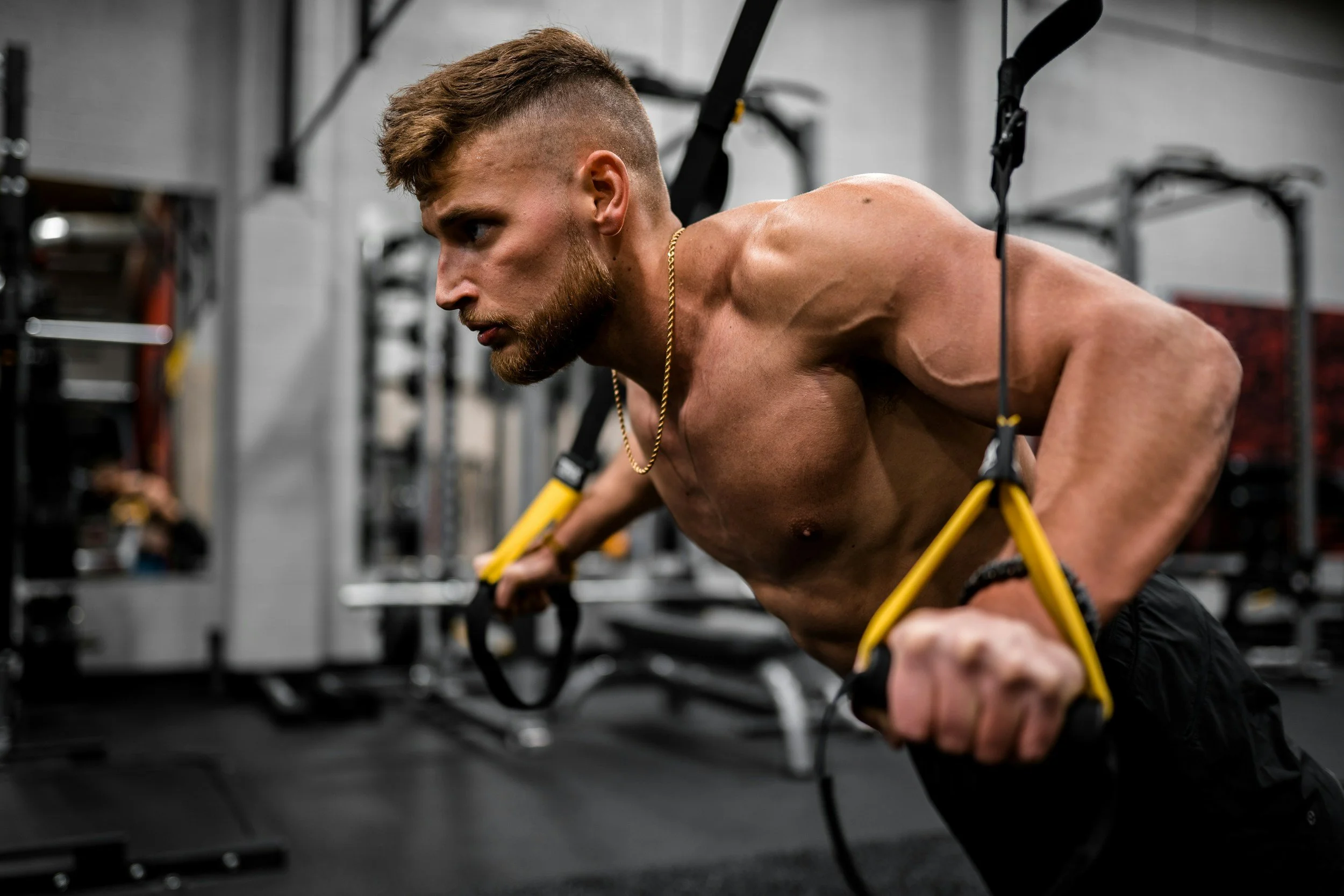SHOULDER PAIN
Anatomy & Physiology:
The shoulder is a ball-and-socket joint formed by the humerus, scapula, and clavicle. It has a wide range of motion supported by the rotator cuff muscles and glenohumeral ligaments. Bursae and labrum provide cushioning and stability, while proper scapular function is essential for overhead activities.
Common Conditions & Injuries: Common Diagnoses:
• Rotator cuff tears or impingement
• Frozen shoulder (adhesive capsulitis)
• Bursitis or tendonitis
Common Causes of Injury :
• Lifting objects overhead repeatedly or improperly
• Sleeping with arm in awkward position
• Shoulder dislocation from fall or impact
• Sudden movements or awkward landings (e.g., tripping, jumping, missing a step)
• Overuse from repetitive motions (like typing, walking on uneven surfaces, or lifting heavy objects)
• Poor posture or form during exercise, work, or daily activities
• Accidents or collisions (such as car accidents, sports tackles, or falls)
-
Pain with overhead motion
Stiffness and limited range
Night pain
Weakness or catching sensation
-
Symptoms may persist due to unresolved joint dysfunction, incomplete soft tissue healing, or poor biomechanics that place repeated stress on the knee joint. Contributing factors include muscle imbalances, untreated scar tissue, chronic inflammation, or improper rehabilitation. In some cases, compensatory movement patterns or dysfunctions in surrounding areas such as the hips, feet, or core can also limit progress and contribute to ongoing pain.
-
At NorCal Spine & Sport, we utilize the most comprehensive care in the area to provide an optimal approach to treatment. Our goals of relief, freedom, and balance allows us to deliver a functional treatment that focuses on stability and mobility. By combining soft tissue therapy, electro-shockwave therapy, Class IV laser therapy, rehabilitation therapy, chiropractic care, and much more, NorCal Spine & Sport continues to deliver cutting edge treatment that provides effective relief for all types of injuries
-
Synovial joints, such as the shoulder, hip, knee, and spine, exist throughout the body and are highly mobile joints characterized by a fluid-filled joint capsule, articular cartilage, and synovial fluid that reduces friction and nourishes the joint. Their structural components include ligaments, tendons, and muscles that support joint function.
Joint stability is critical to preventing injury and maintaining alignment, while mobility allows for proper movement through functional ranges. An imbalance—such as hypermobility without adequate stability, or restricted mobility from tight or inflamed tissues—can lead to pain, compensatory patterns, and chronic dysfunction. Addressing biomechanical integrity by improving movement quality (mobility), neuromuscular control, and joint alignment supports long-term recovery and resilience in musculoskeletal health as well as overall function.
-
Chiropractic therapy
Electro-shockwave therapy (ESWT)
Class IV laser therapy
Soft tissue or myofascial therapy (Active Release Therapy (ART), Graston Therapy, Cupping Therapy)
Corrective and strengthening exercises
Postural and ergonomic education
Orthotic support or gait training
Stress management and lifestyle modification
By utilizing these treatment techniques, our goal is to provide movement (mobility) to previously restricted regions that have led to compensatory patterns and dysfunction. These non-invasive techniques also stimulate blood flow, promote cellular regeneration, breakdown scar tissue and reduce inflammation. The goal of our approach is to restore healthy movement patterns that will allow the body to continue to heal and ultimately prevent further injury.
Shockwave therapy delivers targeted acoustic waves deep into tissues. This non-invasive technique stimulates blood flow, promotes cellular regeneration, breaks down scar tissue, and reduces inflammation. It is especially effective in treating chronic soft tissue injuries and stubborn pain conditions where healing has stalled.




